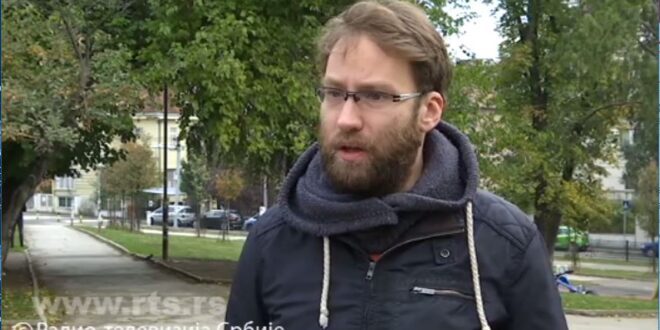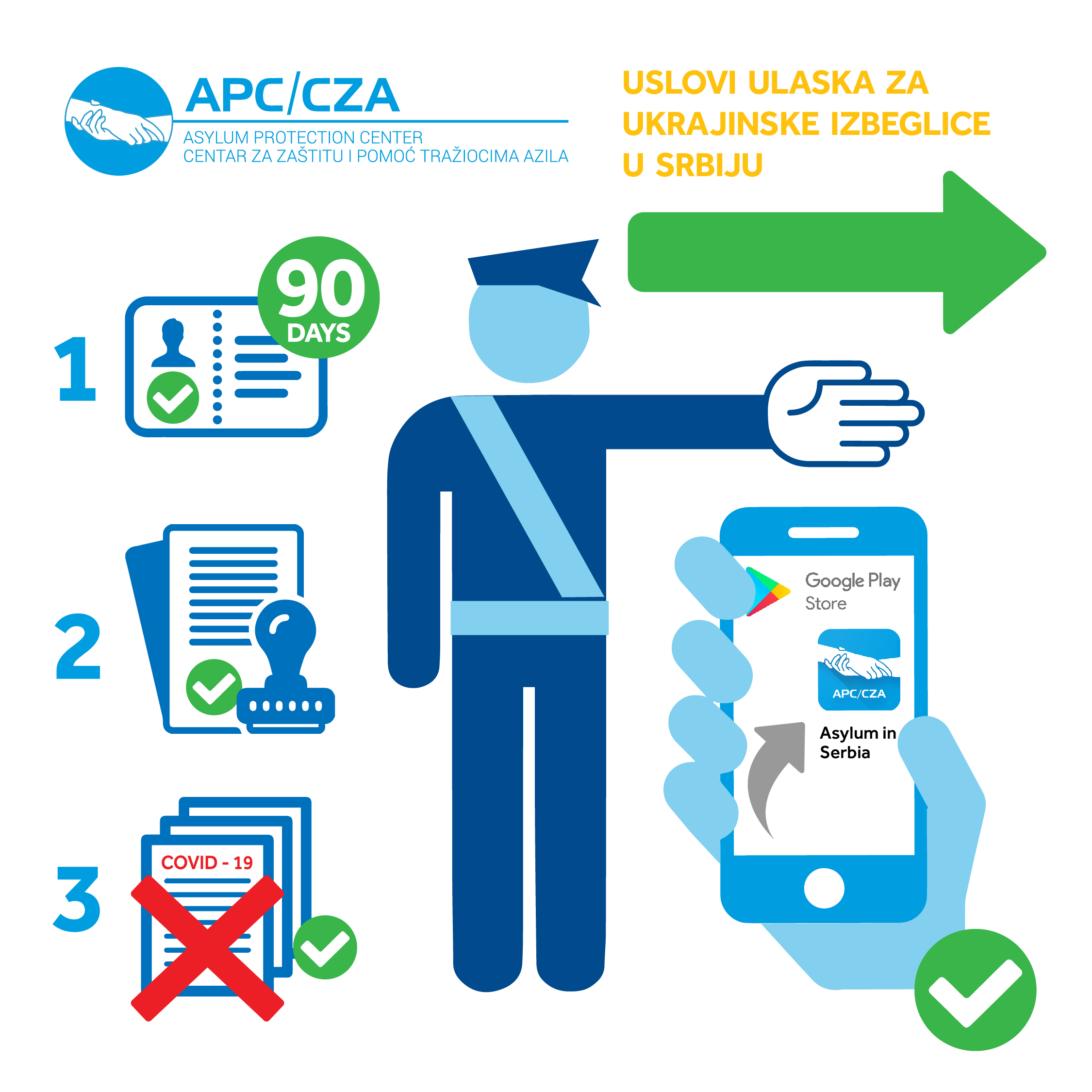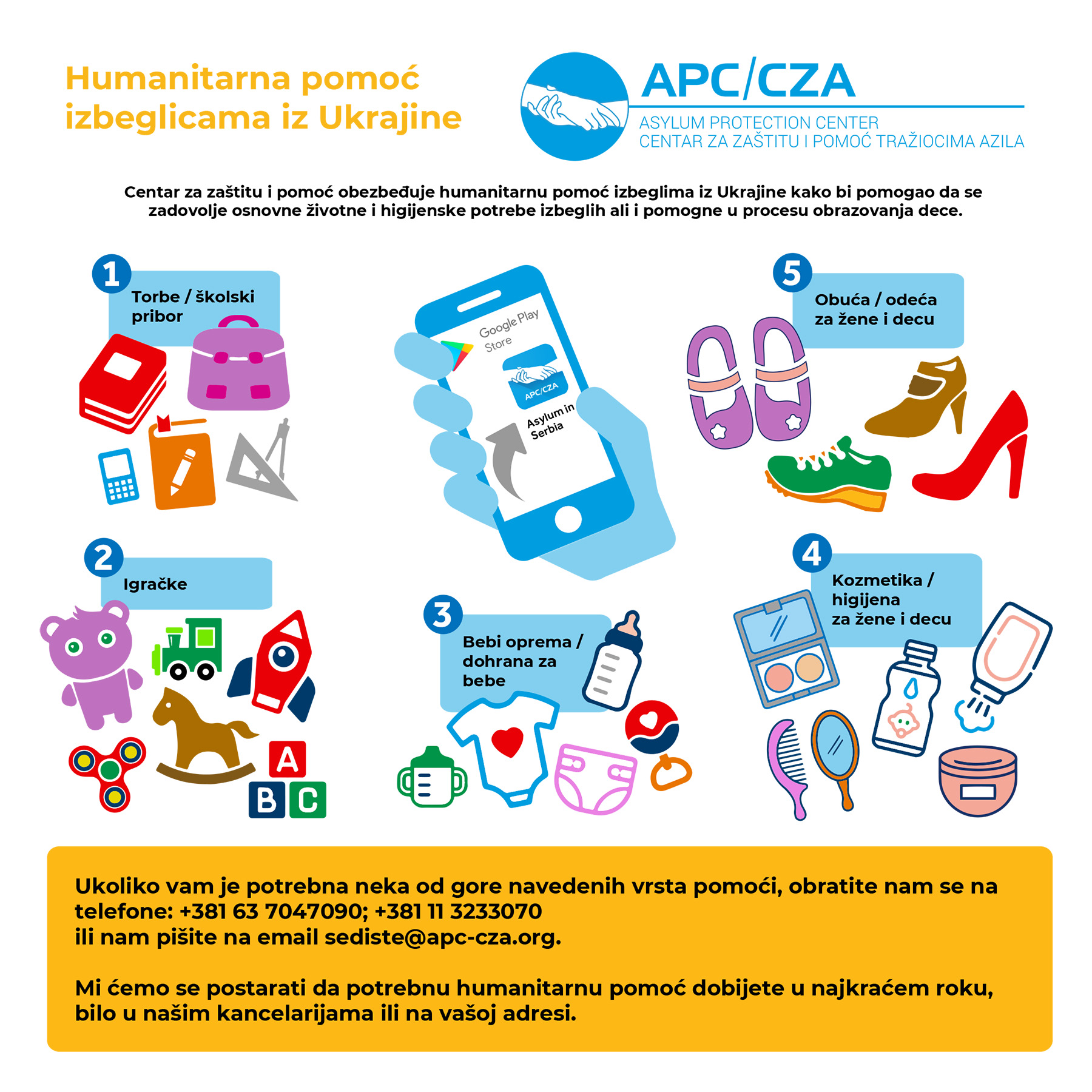Source: RTS
Belgrade, 11/07/2021- Two days ago, the police again found 81 illegal migrant and took them to a reception center. Refugees are constantly looking for new routes, but they always go through Serbia. Due to the pandemic and the energy crisis, less attention is paid to this topic, and the problems faced by those who flee their homes and seek a better life are still big.
With the beginning of the pandemic, the number of migrants coming to our country lowered, while in 2021 that number increased.
Refugees are now mostly moving toward the coast of Calabria in the southernmost part of Italy, and with the stricter control of the Croatian-Bosnian border, the “Balkan route” has moved toward Romania and the number of those ending up in Timisoara has increased considerably. Even with the new routes, Serbia remains the main transit to the European Union.
“The routes are constantly changing little by little, but they always somehow go throughout Serbia, that route would mean there is a smaller influx here, but we did not notice that the influx is smaller,” says Svetlana Velimirović, Deputy Commissioner for Refugees and Migration.
Belgrade Centre for Human Rights points out that every country must manage migratory movements in its own country.
“There is a set of laws that regulates it, both the Law on Foreigners and the Law on Crossing the State Border as well,” notes Sonja Tošković from this center.
Serbia positively evaluated
According to the report of the European Commission on the topic of migration and asylum, Serbia is a country that is positively evaluated in its actions toward migrants.
“The assessment is focused on what Serbia is doing, and that it corresponds to the interests and policies of the EU in the area of asylum and migration. Now, on the other hand, the situation on the field is significantly different, in the sense that the system is dependent on that EU aid and if that help is absent, we basically cannot talk about a sustainable system of acceptance,” explains the director of Asylum Protection Center, Radoš Đurović.
The acceptance of migrants is a great problem of the neighboring countries, and the constant so-called pushbacks, which also happen sporadically in the south of our country.
“I think the countries that are between the transit country and the destination country have the similar problems and it is the most difficult for those countries. It is the same in the case of Serbia,” says Sonja Tošković.
Radoš Đurović believes it is necessary at a political level, first of all with the EU delegation, to discuss the fact that Serbia is seen as the part of solution, but by no means should it become a migration buffer zone, left on the fringes of the European Union in the future.
Smuggling on the rise
The problem is the increasing number of smuggling Afghans and Syrians, which domestic and foreign persons try to transfer to the EU countries through the international human trafficking network, and Serbia is often a stopover for them on a longer period.
“The Republic of Serbia established a task force that deals only with smuggling issues, and I have to say, I don’t know the exact number at the moment, but it is a significant number of prevented crimes and criminal charges, and there are also verdicts due to smuggling,” Svetlana Velimirović, the Deputy Commissioner for Refugees, points out.
Since the beginning of the year, more than 27,000 people, mostly Afghans, have entered our country. About 5,000 people are currently accommodated in the reception centers.
The state institutions are doing everything in their power and provided by law not to notice the presence of migrants and say that the fear of their presence as well as intolerance are unfounded.
 AzilSrbija AzilSrbija
AzilSrbija AzilSrbija





